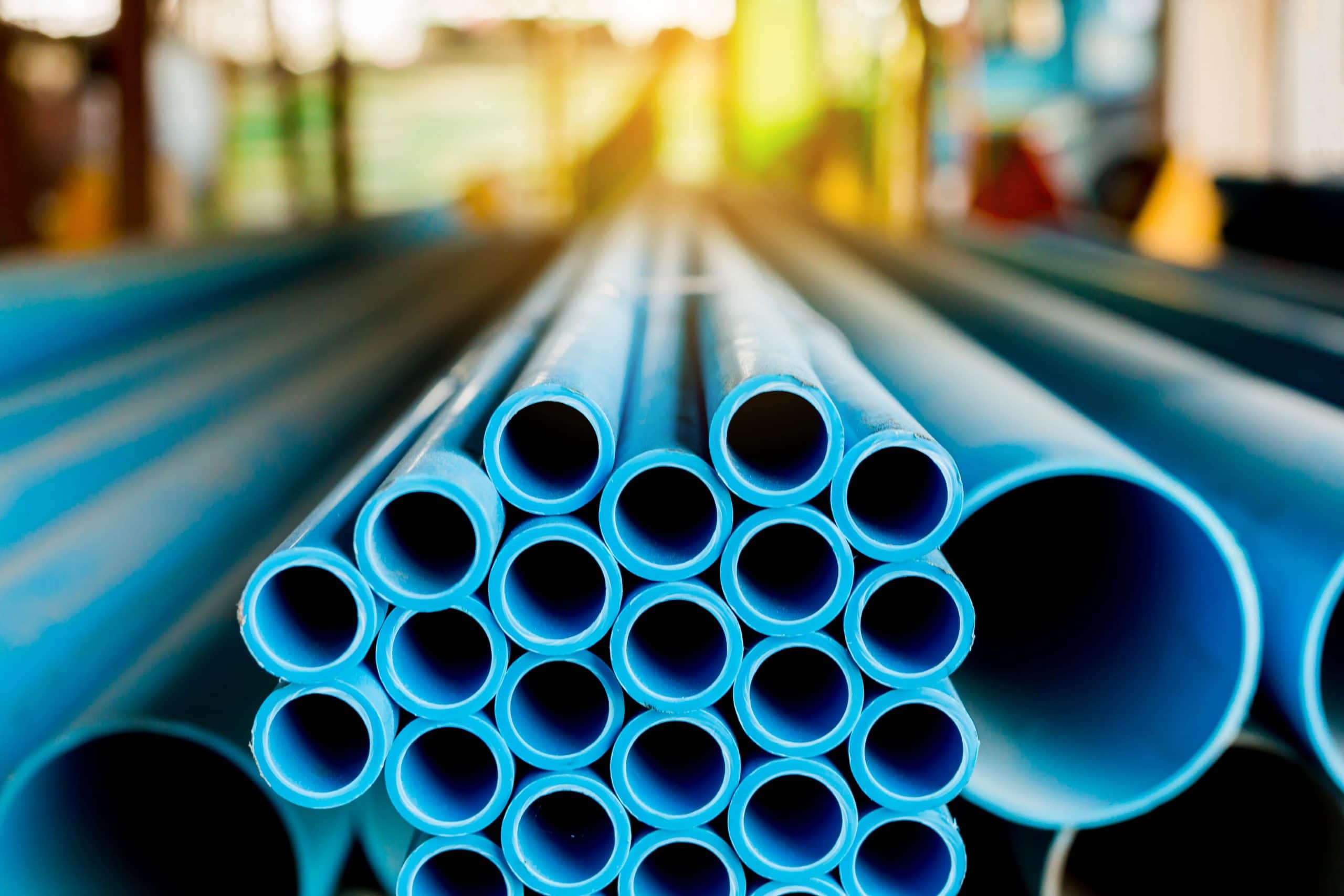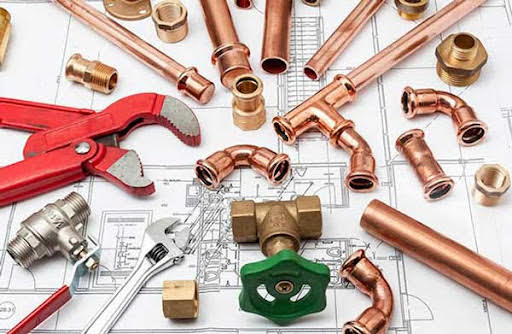They are making a few good points regarding Plumbing Basics For Every Home: The HomeTriangle Guide in general in this great article down below.

Plumbing is an essential aspect of any home, in charge of providing clean water for drinking, food preparation, and showering, as well as removing wastewater safely. Understanding the basics of home plumbing is vital for every home owner to make sure proper upkeep, troubleshooting, and, if essential, repair services. In this newbie's guide, we'll cover the fundamental concepts of home plumbing to aid you become more accustomed to how it works.
Water Heating Unit
The water heating unit is responsible for home heating water for residential use, including showering, cooking, and cleansing. Typical types of hot water heater include tank-type hot water heater, tankless (on-demand) hot water heater, and heat pump water heaters. The hot water heater is connected to the water system and provides hot water to plumbing components as needed.
Drain System
The drainage system gets rid of wastewater from your home and brings it away to a sewage treatment center or septic tank. It includes a network of pipelines, installations, and fixtures that carry wastewater from plumbing components to the primary sewage system line or sewage-disposal tank. Correct drainage is vital to protect against blockages, back-ups, and sewer leakages.
Ventilation System
The ventilation system helps keep appropriate atmospheric pressure and avoid sewer gases from entering your home. Vent pipelines, additionally known as air vent heaps, extend from plumbing components to the roofing, permitting sewer gases to get away securely outside. Ventilation pipelines additionally allow air to go into the water drainage system, assisting in smooth wastewater circulation and preventing suction or vacuum results.
Water Supply System
The supply of water system brings clean water right into your home from a metropolitan water source or a private well. It contains a main water line that links to your home's plumbing system, normally situated underground. A water meter measures the amount of water taken in, while a shut-off valve enables you to manage the circulation of water right into your home.
Plumbing Fixtures
Plumbing fixtures are gadgets that supply water to numerous parts of your home and consist of sinks, taps, commodes, showers, bath tubs, and home appliances such as dishwashing machines and cleaning makers. Each component is connected to the supply of water system through pipes and installations and may have its shut-off shutoff for upkeep or emergencies.
Common Plumbing Devices
Having the right devices available is necessary for carrying out standard plumbing repairs and maintenance jobs. Usual plumbing tools include flexible wrenches, pipe wrenches, pliers, pipeline cutters, hacksaws, bettors, augers (or drain snakes), and Teflon tape. Having these tools readily available can aid you take on small plumbing problems effectively.
Basic Plumbing Repairs
While some plumbing repairs might call for expert support, numerous common issues can be resolved with standard DIY techniques. Understanding just how to take care of a leaking faucet, unblock a drain, replace a commode flapper, or fix a dripping showerhead can conserve you money and time on plumbing repairs.
Verdict
Comprehending the basics of home plumbing is essential for every single home owner to preserve a safe, useful, and effective plumbing system. By familiarizing on your own with the water supply system, plumbing components, drainage system, air flow system, common plumbing devices, and fundamental repairs, you can with confidence address small plumbing issues and guarantee your home's plumbing system runs smoothly.
Plumbing for Beginners: A Comprehensive Guide
If you’re a beginner when it comes to plumbing, don’t worry; you’re not alone. Plumbing may seem intimidating, but with the right knowledge and a little practice, you can handle many common plumbing issues on your own. In this comprehensive guide, we will demystify the world of plumbing for beginners, providing you with the basic knowledge and skills needed to tackle common plumbing problems and even take on some DIY plumbing projects.
The Importance of Basic Plumbing Knowledge for Beginners:
First and foremost, basic plumbing knowledge gives you a solid foundation. It helps you grasp the key concepts and terminology that are essential in this field. By learning the basics, you’ll be able to build upon that knowledge and tackle more complex plumbing tasks in the future.
Having a basic understanding of plumbing also enables you to handle common issues that may arise in your home. Picture this: a leaky faucet or a clogged drain. With some basic plumbing knowledge, you’ll have the confidence to troubleshoot and fix these problems on your own. It saves you from unnecessary expenses and the hassle of waiting for a professional to arrive.
As a beginner, learning the basics of plumbing empowers you to take care of your own home. It gives you a sense of independence and self-reliance. You’ll no longer have to rely solely on professionals for every small issue that pops up. Instead, you can handle many tasks yourself, saving time and money in the process.
Remember, everyone starts as a beginner. Embrace the learning process and take small steps to expand your plumbing knowledge. There are plenty of online resources, tutorials, and even local workshops that talk about plumbing for beginners.
Essential Tools for Plumbing for Beginners
As you start your plumbing journey, having the right tools in your toolbox is crucial. Let’s explore some of the must-have tools:
Adjustable Wrench:
This versatile tool is a staple in any plumber’s toolbox. It allows you to tighten or loosen nuts and bolts of various sizes. Make sure to have an adjustable wrench with a comfortable grip.
Pipe Wrench:
A pipe wrench is specifically designed for gripping and turning pipes. It has serrated jaws that provide a strong grip, making it easier to loosen or tighten threaded pipes and fittings.
Plunger:
The plunger is a simple yet effective tool for clearing clogged drains and toilets. It creates suction when you push and pull, helping to dislodge blockages. Keep a good-quality plunger handy for those unexpected clogs.
Pipe Cutter:
When it comes to cutting pipes, a pipe cutter is your go-to tool. It creates clean, precise cuts without damaging the pipe. Look for a pipe cutter that can handle the pipe sizes you’re working with.
Hacksaw:
A hacksaw is useful for cutting through pipes, screws, and other materials. It’s a versatile tool that can handle different cutting tasks. Remember to use a blade suitable for cutting metal.
Tape Measure:
Accurate measurements are crucial in plumbing. A tape measure allows you to measure pipe lengths, distances, and dimensions accurately. Opt for a sturdy tape measure that extends a good length.
Pliers:
Pliers come in handy for various tasks, such as gripping, bending, and cutting. Slip-joint pliers with adjustable jaws are great for gripping pipes, nuts, and bolts.

I hope you enjoyed reading our part about Understanding the Basics of Your Home's Plumbing System. Thanks a ton for finding the time to read through our short article. Appreciated our write-up? Please share it. Let someone else check it out. I enjoy reading our article about How Does the Plumbing Work in Your Home?.
Contact